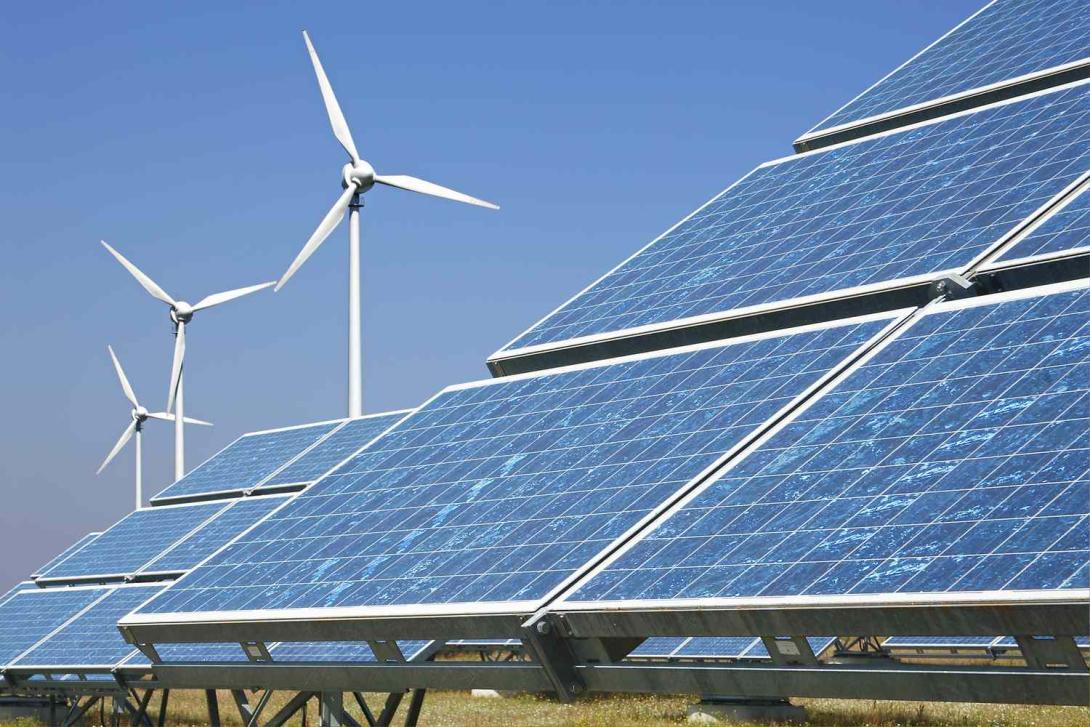There is no sovereign development without autonomous energy production

The history of nations is deeply tied to the energy they have at their disposal, and to the pursuit of what they lack. Every major step in human progress has been made possible through the discovery and use of a more powerful form of energy, and the countries that have been self-sufficient in those resources have set the pace for each stage of human development. In every country in the world, there is a clear relationship between the amount of energy consumed and the level of human, social, technological, and economic development. Industrial revolutions, wars, and century-old policies have been carried out in pursuit of energy sovereignty and independence (ESI) for nations.
The Industrial Revolution arose in England, in part because its main energy source—wood—was becoming depleted, and it had vast coal reserves that allowed it to replace its fuel and develop in the way it saw fit.
The 1970s oil crisis was a stark example of the vulnerability that energy dependence creates for countries—even the great powers. Since then, every country in the “global north” has pursued ESI as the foundation for a sovereign development policy. The United States has done so since Nixon’s presidency in the 1970s, up until Trump first took office in 2017. This shift occurred because in 2017, the U.S. finally achieved energy sovereignty, which allowed it to shift its policy toward “Energy Dominance”—a policy that became central in Trump’s second term. He created a council and issued several executive orders with the explicit goal of using energy supply as a tool to control the development and policies of other nations.
A large part of current geopolitical shifts can be understood from an energy perspective. Controlling a country’s energy supply gives you the power to control its entire economic and technological development. The best example of this is what’s happening in Europe. The supply of natural gas from Russia has always been viewed with suspicion by the U.S. However, the need for cheap energy—due to Europe’s lack of natural resources—was so crucial that in the 1980s, Western Europe allied with the Soviet Union to build a gas pipeline, despite U.S. intervention and heavy sanctions meant to stop it. That’s how Europe—specifically Germany—built its economic model: based on importing cheap energy from Russia, which they believed would never run out.
This dependence grew even further with the shutdown of nuclear power plants in the 2000s and the enormous investment in “intermittent” energy sources. According to the U.S. National Bureau of Economic Research, for every 0.8 MW of intermittent energy installed, 1 MW of natural gas capacity is needed to keep the system balanced. That entire system collapsed when the pipelines were shut down (and Nord Stream II was blown up) as a result of the Russia–Ukraine conflict in 2022.
The impact was immediate. Germany’s deindustrialization was dramatic, losing about 20% of its industry and nearly 30% of its energy-intensive industry. Sanctions from Europe and the U.S. drove up energy prices, and the population suffered this unprecedented crisis. It's estimated that around 68,000 Europeans died in the winter of 2022–2023 because high energy prices made it impossible for them to stay warm in freezing temperatures. Poverty levels rose as energy-driven inflation worsened.
Despite all this—and despite public declarations of full support for Ukraine—Europe’s energy dependence is such that it has spent 54% more on importing energy from Russia (USD $205 billion) since the start of the conflict than it has given to Ukraine in aid (USD $133.9 billion).
Now, Trump has threatened various European leaders with tariffs and sanctions if they don’t buy more liquefied natural gas (LNG) from the U.S. to replace their dependence on Russian energy. This would allow the U.S. to control Europe’s economic and technological development and prevent it from rivaling the U.S. According to Deloitte, 67% of companies that relocated their operations cited high energy costs as the main reason. If European dependence on U.S. energy becomes solidified, no sector in Europe will be able to develop unless the U.S. allows it—they would only need to threaten to raise costs or cut the supply. The only option left for Europe would be low-wage policies as a way to “compete” globally.
Controlling energy—the foundation of any economy—in a sovereign and independent way is in the interest of any government, especially one that seeks to benefit its people over economic interests and aims to develop independently.
*Alonso Romero is a sustainable development engineer from Tec de Monterrey and the head of the commissioner’s office at the Energy Regulatory Commission (CRE) of Mexico.